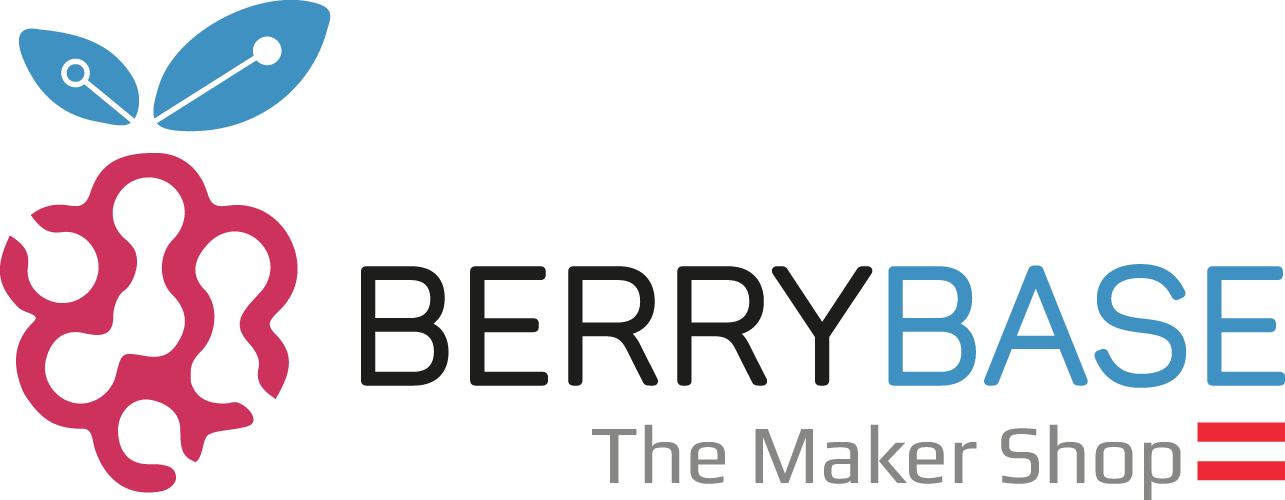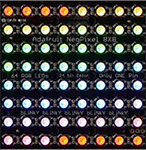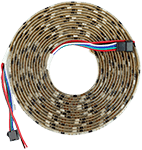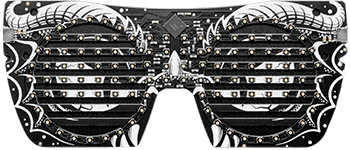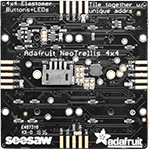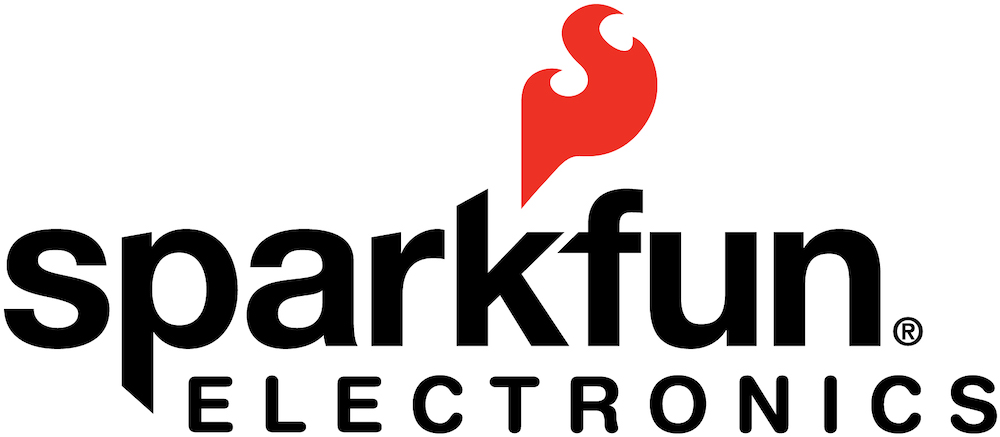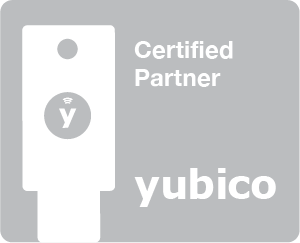No results were found for the filter!
Article no.: NEOPS8
Article no.: KY-011
Bei diesem digitalen RGB LED Stripe ist es möglich, jede LED durch einzeln anzusteuern. Dazu befindet sich auf dem Stripe für jede LED ein einzelnes IC, Typ: WS2801.
In unseren Tests wurde dieser Chipsatz von Boblight / Hyperion unter Raspbmc / OpenElec "Out-of-the-Box" unterstützt, so dass der Bau einer dynamischen TV-Hintergundbeleuchtung (wie auf Bild 2) mit diesem Stripe möglich ist. Zusätzlich ist der Stripe mit einer Silikonschicht vergossen und eignet sich dadurch auch zur Außenmontage. Durch die an der Rückseite befindliche 3M Klebeschicht, ist eine einfache und sichere Montage garantiert.
In unseren Tests wurde dieser Chipsatz von Boblight / Hyperion unter Raspbmc / OpenElec "Out-of-the-Box" unterstützt, so dass der Bau einer dynamischen TV-Hintergundbeleuchtung (wie auf Bild 2) mit diesem Stripe möglich ist. Zusätzlich ist der Stripe mit einer Silikonschicht vergossen und eignet sich dadurch auch zur Außenmontage. Durch die an der Rückseite befindliche 3M Klebeschicht, ist eine einfache und sichere Montage garantiert.
Article no.: LEDS-2801-500
LED Matrix is low cost and usually used to display simple numbers and images. The Grove - LED Matrix Driver is the I2C based product which allows you to control the LED matrix with our prepared and easy-to-use libraries, or you can create your own library to control it to satisfy your need. The 8*8 LED Matrix can be assembled and unassembled from the driver board easily, so it is convenient to change different color LED matrix display based on your need.
Article no.: SE-105020074
Article no.: NEOPR16
Article no.: NEOPJ7
Article no.: NEOPSTR60WH
Article no.: SE-104020228
SALE
Die schicken neuen zweiseitigenNeoPixel-Streifen sind eine großartige Alternative für Leute, die Adafruit-LED-Streifen seit ein paar Jahren lieben und benutzen, aber herrliches, leuchtendes Licht von beiden Seiten wollen!Diese heißen "120 LED pro Meter", weil sie die gleiche Dichte wie 60 LED pro Meter Streifen haben, und dann natürlich zwei LEDs auf jeder Seite. Sowohl die obere als auch die untere LED in jedem Segment werden immer die gleiche Farbe anzeigen.
Article no.: ADA4911
Was ist besser als intelligente RGB-LEDs? Intelligente RGB+Weiße LEDs! Diese NeoPixel-Sticks haben jetzt 4 LEDs in sich (rot, grün, blau undweiß) für ausgezeichnete Lichteffekte. Diese sind spaßig und leuchtend, und Sie können jede LED einzeln steuern! Machen Sie Ihre eigene kleine LED-Anordnung mit diesem Stick aus NeoPixel-LEDs. Dies ist die Cool White RGBW-Version. Wir haben diesen Stick auch in Warmweiß, natürlichem Weiß, und gutem altem RGB!
Article no.: ADA1426
Article no.: NEOPSTR30WH
Wolltest du schon immer dein Ensemble mit einer gruselig-coolen Kreatur aus PCB-Siebdruck und einer augenzwinkernden Anordnung von LEDs aufwerten? Wir lieben es, uns NeoPixels ins Gesicht zu schmieren, wie unsere vielen Projekte mit leuchtenden LED-Brillen zeigen. Jedes dieser Projekte erfordert eine Menge Lötarbeit, und die Kosten für jedes NeoPixel summieren sich schnell. Deshalb wollten wir eine Platine bauen, die von jedem Mikrocontroller verwendet werden kann, um glamouröse Gesichtstronik zu machen.
Article no.: ADA5210
Article no.: NEOPR32
Wir wissen, dass diese wie viele unserer anderen LEDs aussehen, aber sie sind es nicht! Dies sind PTH adressierbare RGB-LEDs mit einem WS2812 (oder "NeoPixel") Steuer-IC, der direkt in sie eingebaut ist. Diese PTH-Version ist ihrem SMD-Cousin unglaublich ähnlich, außer dass sie viel einfacher in Ihr Projekt einzulöten ist und sich in einem diffusen 5mm-Gehäuse befindet. Bei dieser RGB-LED wurde der Steuer-IC in die eigentliche LED verlegt, so dass wir Ihnen dieses erstaunliche Produkt anbieten wollten! Sie sind großartig, wenn Sie viel Farbe auf wenig Platz auf der Platine benötigen, jetzt erst recht.
Article no.: COM-12986
Diese 4x4-Tasterpad-Platinen sind voll kachelfähig und kommunizieren über I2C. Mit 5 Adresspins haben Sie die Möglichkeit, bis zu 32 in beliebiger Anordnung miteinander zu verbinden. Mit unserem bewährten Seesaw-I2C-zu-alles-Chipmüssen Sie sich nicht einmal um die Ansteuerung der NeoPixel kümmern. Sowohl die Verwaltung der Tasten als auch die Ansteuerung der LEDs wird komplett über I2C für Sie erledigt. Dank der Unterstützung von Arduino/C++ und CircuitPython/Python-Bibliotheken können Sie diese Pads mit allen Mikrocontroller- oder Computer-Boards verwenden.
Article no.: ADA3954
SALE
RGB-Pixel sind digital steuerbare Lichter, die Sie auf jede Farbe einstellen oder animieren können. Jede RGB-LED und jeder Controller-Chip ist in einen "Punkt" aus Silikon gegossen. Die Dots sind wetterfest und robust. Es sind vier Flansche eingegossen, so dass Sie sie in ein 12mm Bohrloch in jedem Material bis zu einer Dicke von 1,5mm/0,06" 'drücken' können. Sie werden typischerweise verwendet, um Schilder für den Außenbereich herzustellen. Wir haben auch flache Pixel, die im Wesentlichen das Gleiche sind, aber nicht so lang und dünn sind.
Article no.: ADA322
Article no.: SE-104030010
Article no.: NEOPR24
Schnapp dir lieber eine Sonnenbrille, Sonnencreme und einen Hut, denn diese NeoPixel verfügen über eine 4W RGBW Cool White LEDund sind so hell, dass es wie ein Urlaub in der Sonne ist.
Na gut, vielleicht übertreiben wir, aber diese kettentauglichen NeoPixel-LEDs sind nicht nur superschlau, sondern auch unglaublich hell mit insgesamt 4W, 1W pro Kanal, im Vergleich zu 0,2W eines "Standard"-NeoPixels.
Na gut, vielleicht übertreiben wir, aber diese kettentauglichen NeoPixel-LEDs sind nicht nur superschlau, sondern auch unglaublich hell mit insgesamt 4W, 1W pro Kanal, im Vergleich zu 0,2W eines "Standard"-NeoPixels.
Article no.: ADA5163
Article no.: ADA2854
Article no.: 1RGBSMD
Article no.: ADA2561
Mit dem IS31FL3731 können Sie den klassischen LED-Matrix-Look zurückbringen, mit einem netten Upgrade!
Dieser I2C-LED-Treiber-Chip hat die Fähigkeit, jede einzelne LED in einem 16x9-Raster mit PWM zu versorgen so dass Sie schöne LED-Beleuchtungseffekte haben können, ohne eine Menge von Pin-Dreharbeiten. Sagen Sie dem Chip einfach, welche LED im Raster in welcher Helligkeit leuchten soll, und alles wird für Sie erledigt.
Dieser I2C-LED-Treiber-Chip hat die Fähigkeit, jede einzelne LED in einem 16x9-Raster mit PWM zu versorgen so dass Sie schöne LED-Beleuchtungseffekte haben können, ohne eine Menge von Pin-Dreharbeiten. Sagen Sie dem Chip einfach, welche LED im Raster in welcher Helligkeit leuchten soll, und alles wird für Sie erledigt.
Article no.: ADA2946
Dies sind die kleinsten NeoPixel-Breakouts, die es gibt! Winzige, helle RGB-Pixel für Ihr Projekt. Diese kleinen Platinen sind nur 8mm x 10mm groß und haben zwei Sätze von drei Pads auf der Rückseite für Lötdrähte. Diese ultrahellen LEDs haben einen Konstantstromtreiber, der direkt in das LED-Gehäuse eingebaut ist! Die Pixel sind modulierbar - Sie benötigen also nur 1 Pin/Draht, um so viele LEDs anzusteuern, wie Sie möchten.
Article no.: ADA1612
Bringen Sie ein bisschen Times Square in Ihr Zuhause mit diesem total bezaubernden 5 Zoll großen quadratischen 32 x 32 RGB-LED-Matrix-Panel. Diese Panels werden normalerweise verwendet, um Videowände zu machen, hier in New York sehen wir sie an den Seiten von Bussen und Bushaltestellen, um Animationen oder kurze Videoclips anzuzeigen. Wir dachten, sie sähen wirklich cool aus, also haben wir ein paar Kisten davon bei einer Fabrik abgeholt. Sie haben 1024helle RGB-LEDs, die in einem 32x32-Raster auf der Vorderseite mit4mm Rasterabstandangeordnet sind. Auf der Rückseite befindet sich eine Platine mit zwei Sätzen von dualen IDC-Anschlüssen (zwei Eingänge,...
Article no.: ADA607
Setzen Sie Ihre Sonnenbrille auf, bevor Sie diese LED-Matrix verkabeln - 64 augenfällige RGBW-LEDs zieren die NeoMatrix für einen Hauch von konfigurierbarer Farbe undweiß. In einer 8x8-Matrix angeordnet, ist jeder Pixel einzeln adressierbar. Es wird nur ein Mikrocontroller-Pin benötigt, um alle LEDs zu steuern, und Sie erhalten 24 Bit Farbe für jede LED.
Article no.: ADA2871
SALE
RGB-Pixel sind digital steuerbare Lichter, die Sie auf jede Farbe einstellen oder animieren können. Jeder runde "Pixel-Cluster" enthält 3 RGB-LEDs und einen Controller-Chip, der auf eine Platine gelötet ist. Das Pixel ist dann mit einem durchsichtigen weißen 'Punkt' umhüllt, um es wetterfest zu machen. Dies sind ziemlich große Pixel, aber sie sind einfach zu montieren, mit zwei Plastikflanschen. Sie werden typischerweise zur Herstellung von Schildern für den Außenbereich verwendet. Im Vergleich zu unseren anderen LED-Punkten, sind diese viel größer und viel heller, gut für größere Installationen.
Article no.: ADA738
SALE
Diese NeoPixel-Streifen haben 30 digital adressierbare Pixel-Mini-LEDs pro Meter und sind sehr erschwinglich. Sie sind nur 7,5 mm breit - 5 mm, wenn man den Streifen aus dem Gehäuse entfernt. Dies ist der Streifen mit schwarzer Flex-PCB, es ist identisch mit den weißen 30 LED/Meter, außer dass er einen anderen Lötstopplack auf dem Flex-Streifen hat
Article no.: ADA2954
SALE
Diese NeoPixel-Streifen haben 30 digital adressierbare Pixel-Mini-LEDs pro Meter und sind sehr erschwinglich. Sie sind nur 7,5 mm breit - 5 mm, wenn man den Streifen aus dem Gehäuse entfernt. Dies ist der Streifen mit weißer Flex-PCB, es ist identisch mit den schwarzen 30 LED/Meter, außer dass er einen anderen Lötstopplack auf dem Flex-Streifen hat
Article no.: ADA2949
Article no.: SE-104030005
Article no.: ADA1461
Article no.: ADA2972
Article no.: ADA1758
Article no.: ADA2973
Viewed




